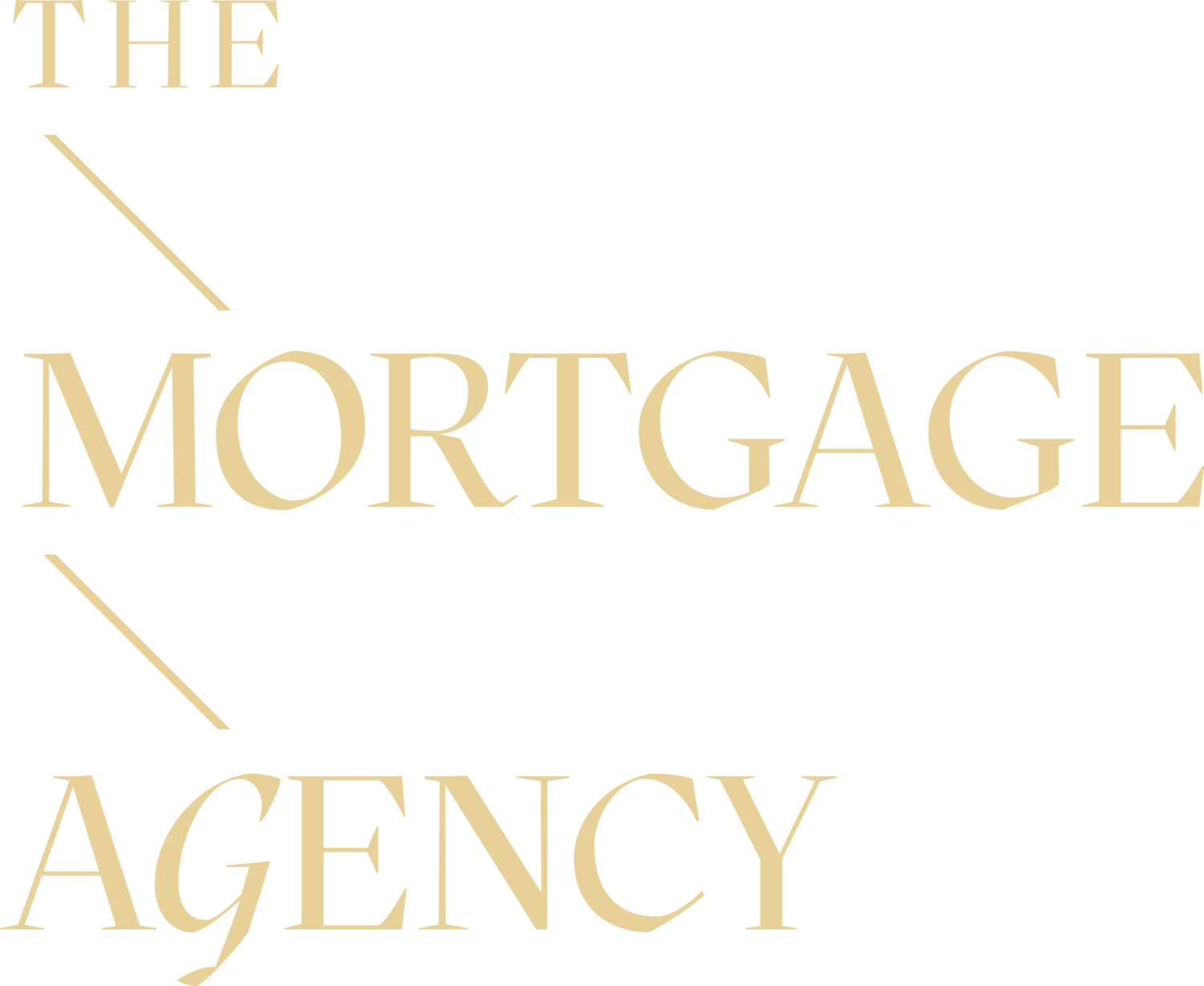What is Prime Rate
The prime rate is the interest rate that commercial banks charge their most creditworthy customers for short-term loans. It serves as a benchmark for various lending rates in a country's economy.
The prime rate is typically based on a reference rate set by the central bank or a designated financial authority, and it forms the foundation for determining the interest rates on various types of loans, including mortgages, personal loans, and business loans.
Banks and other financial institutions often use the prime rate as a starting point and then add a certain percentage (a margin) to determine the actual interest rate they offer to borrowers. This margin reflects the risk associated with the borrower and helps the bank cover its operational costs and generate a profit.
The prime rate can change based on various economic factors.
Monetary Policy and Central Bank Decisions: The Bank of Canada is responsible for setting monetary policy in Canada. The central bank's decisions, particularly regarding the overnight lending rate, have a direct impact on the prime interest rate. The Bank of Canada adjusts its policy rate based on its assessment of the country's economic conditions, including inflation, employment levels, and overall economic growth. Changes in the overnight rate can lead to corresponding changes in the prime rate, affecting borrowing costs for consumers and businesses.
Economic Conditions: The broader economic environment plays a significant role in determining the prime interest rate. Factors such as GDP growth, unemployment rates, consumer spending, and business investment all influence the economic outlook. In times of economic strength, the central bank might increase interest rates, including the prime rate, to prevent overheating and control inflation. Conversely, during economic downturns, the central bank might lower interest rates to stimulate borrowing and spending.
Inflation and Price Stability: Controlling inflation is a primary mandate of the Bank of Canada. If inflation is rising above the target range set by the central bank, it may respond by raising interest rates to cool down economic activity and prevent prices from spiraling out of control. Conversely, if inflation is below the target range, the central bank may consider lowering interest rates to encourage spending and investment.
These factors are interconnected and changes in one area can impact the others. Central banks use the prime interest rate as a tool to achieve their policy objectives, which often include maintaining price stability, supporting economic growth, and ensuring financial stability.
